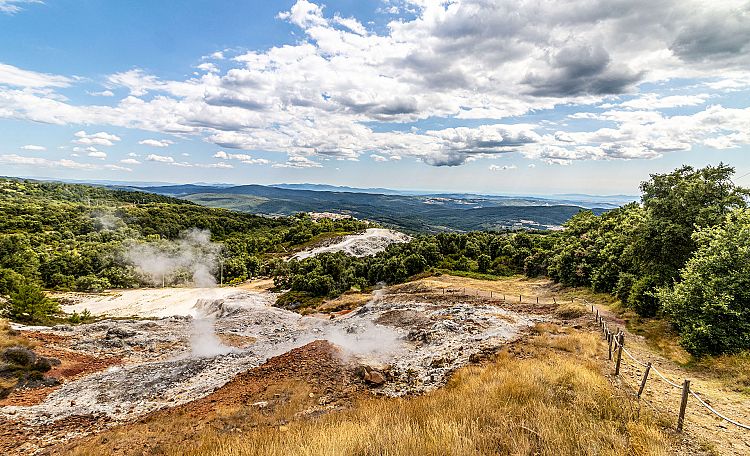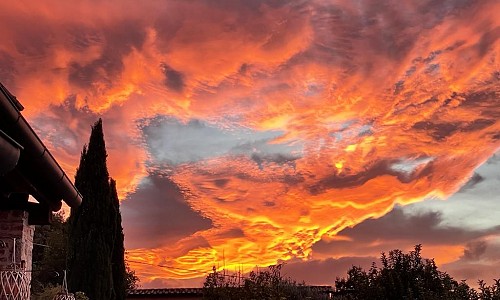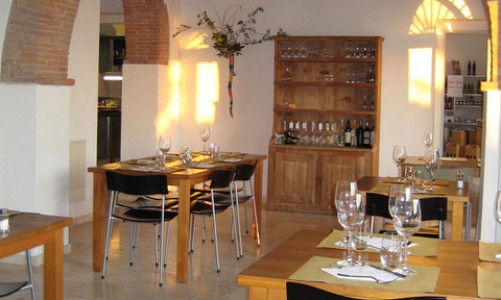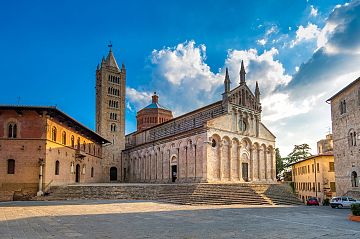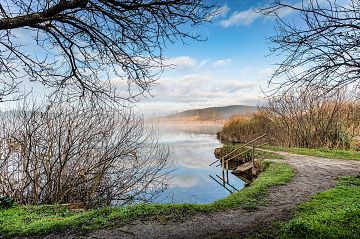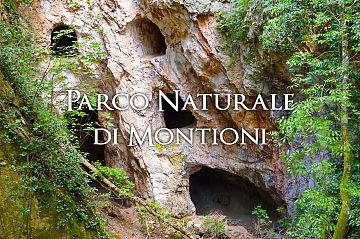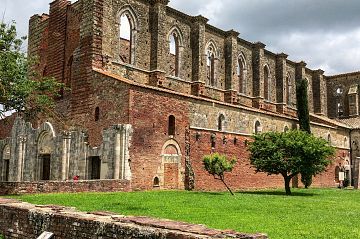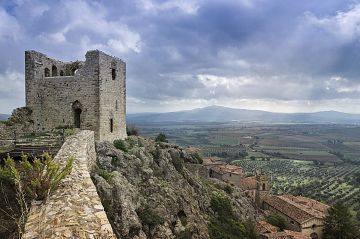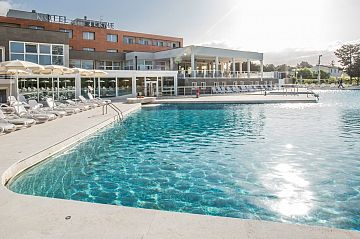The Biancane Natural Park ☀️ Monterotondo
- Category Environment and Nature
Naturalistic Park of the Biancane, the "show" of live natural chemistry. near Grosseto in Tuscany.
Number of views: 6843Agriturismo - Where to stay overnight
The Biancane Park
The Naturalistic Park of the Biancane is a natural area near the center of Monterotondo Marittimo (GR) where the characteristic "biancane" are located, one of the many sites where geothermal power strongly characterizes the landscape on the border between the provinces of Pisa and Grosseto.
The name "biancane" is derived from the name of some places where there are, in large areas, minerals or rocks of a predominantly white color, which contrast with the green of the woods or agricultural crops that surround the rest of the landscape.
In addition to the biancane of Monterondo, the "Crete Senesi" are also known with the name of Biancane, formed by large heaps of marine Pliocene clays, in which the surface is colored white due to the presence of extensive crystalline efflorescence of a mineral: thenardite (sodium sulphate).
The white color of the rocks derives from a chemical reaction that takes place between the limestone and the emissions of hydrogen sulphide which thus transform the limestone into gypsum.
At the Biancane di Monterotondo Marittimo, in the high-temperature vapors, in addition to numerous other gases, hydrogen sulphide (or hydrogen sulphide) is emitted in moderate quantities. The chemically aggressive vapors react with the rocks they pass through, leaching them and altering the minerals they are made of, so the jasper, normally bright red in color, due to the presence of iron oxides, become very white as they lose all the iron oxides they contain, removed from geothermal fluids. The transformation of the calcium carbonate of which the limestones are made is different, which reacting with the hydrogen sulphide is transformed into gypsum (calcium sulphate); while the leached sandstones (Macigno toscano) and the Scaglia transform into plastic clays when wet, rich in kaolinite and alunite and other sulphates such as alunogen.
In the Biancane, unlike what happens in the rest of the geothermal zone of central southern Tuscany, except for some small localized areas, the superheated geothermal fluids present in the subsoil (having temperatures, which at low depths, exceed 200° C and on the surface up to 115° C), not being confined by any impermeable cover, they can reach the surface giving rise to showy natural endogenous manifestations, making this place extremely interesting and fascinating for the phenomena that here, as in no other place they can be widely and conspicuously observed.
There is a precise nomenclature of surface geothermal manifestations:
At this point, guests can visit the MUBIA Multimedia Museum where they will experience the thrill of a virtual journey into the depths of the Earth to discover geothermal phenomena and try their hand at one of the numerous interactive in-depth stations, where by playing you can learn interesting information on geology and geothermal energy. A fantastic GeoNave allows you to travel up to 7 km deep to discover the wonders of the Biancane subsoil.

